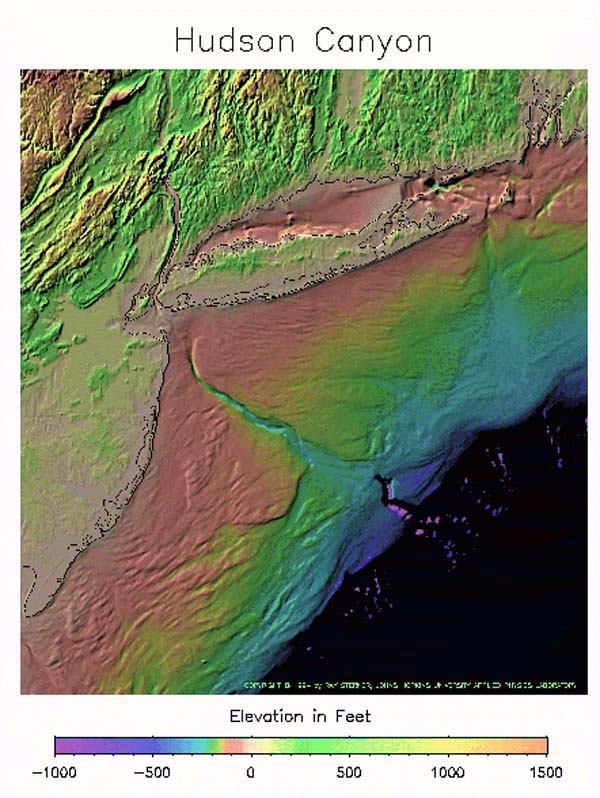April 10, 2019 — Offshore wind power developer Equinor Wind US is entering a joint project with conservationists and scientists to deploy two new acoustic buoys to expand detection and monitoring of whales in the New York Bight.
To be operated with the Wildlife Conservation Society’s New York Aquarium and the Woods Hole Oceanographic Institution (WHOI) in Massachusetts, the buoys will provide near real-time monitoring of species including sei, fin and humpback whales, and the extremely endangered North Atlantic right whale.
The buoys will become a broader network with a previously deployed acoustic buoy, funded by the G. Unger Vetlesen Foundation and the Flora Family Foundation, now on station about 22 miles off New York.

